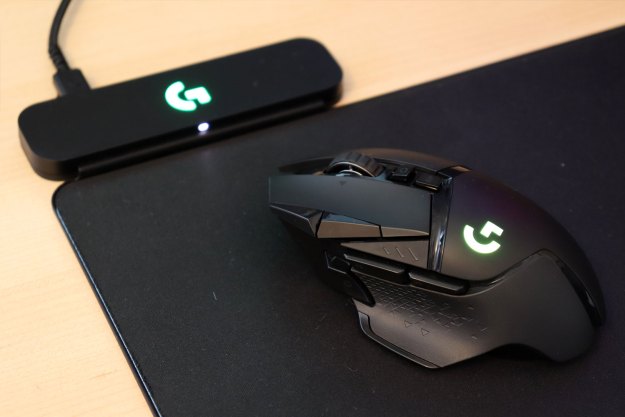Logitech is among the most active companies in terms of making gaming mice that meet most gamers’ requirements of responsiveness and programmability. It recently introduced a new member of its Logitech G Prodigy series of easy-to-use gaming gear that also offers great value, the G203 Prodigy Gaming Mouse.
Logitech’s newest gaming peripheral is inspired by one of the company’s most popular and well-known models, the G100S Gaming Mouse, with the same classic lines and simple build. The G203 takes that same model and re-engineers it with modern versatility, durability, and comfort.

Perhaps the most important specs for a gaming mouse involve its sensor, and the G203 Prodigy utilizes a new 200-6,000 DPI sensor that’s designed in the U.S. and made in Switzerland. The mouse also communicates at up to 1,000 reports per second, fully eight times as fast as the usual mouse, for near-instantaneous responsiveness.
Finally, the G203 Prodigy Gaming Mouse is highly customizable. Specifically, the mouse includes six programmable buttons, up to five levels of DPI sensitivity that can be adjusted on the fly, and LED lighting that provides up to 16.8 million colors and different brightness levels. All of the G203 Prodigy’s features can be fully configured using Logitech’s Gaming Software.
The Logitech G203 Prodigy Gaming Mouse will be available globally in January 2017. U.S. suggested retail pricing will be $49.99, with a price in Europe of about 45 euros.
Editors' Recommendations
- Samsung’s new Odyssey Neo G9 gaming monitor is beautiful, but it has a fatal flaw
- Tencent and Logitech are making a cloud gaming handheld device
- Lenovo’s new Legion gaming mice are simple yet affordable
- Save big on Acer, Logitech, and Razer gaming mice this Prime Day
- New Logitech wireless headset, colorful gaming peripherals seek mass appeal


